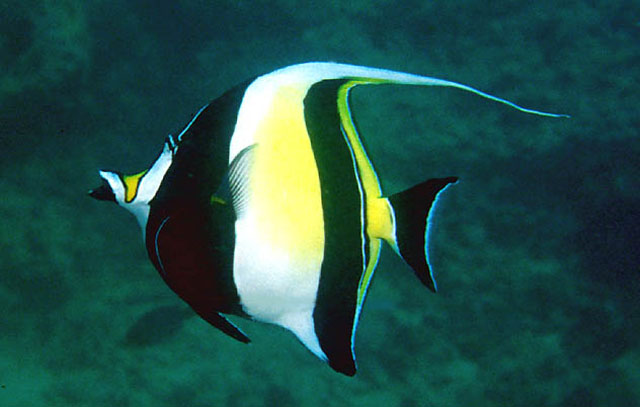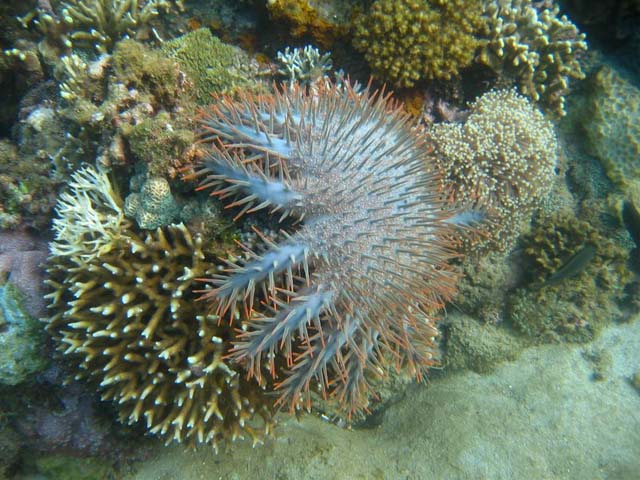 |
| Photo by James Dorsey from Ocean Conservancy |
Written by:
Patricia Yap
Research Assistant
The SeaLifeBase Project
 |
| Photo by James Dorsey from Ocean Conservancy |
 |
| A visual presentation by Hans Hillewaert, as inspired by the work of Daniel Pauly. |
 |
| Photo by Richard Field |
 |
| Ciao, Principe Gill! |
 |
| Photo by Ben Osborne from ARKiVE |
 |
| Photo by Dr. Jay MacLean from SeaLifeBase |
Perna viridis (Linnaeus, 1758)

Common names: Asian brown mussel (FAO English); tahong (Filipino); green mussel (English, India); green lipped mussel (English, Malaysia).
Description: This species is a fairly large mussel, commonly 8 centimeters long and occasionally reaching a size of about 16.5 centimeters. Its shell is elongate, roughly triangular in outline with one end swollen and pointed (anterior) and the other, rounded and compressed (posterior). The outer surface is nearly smooth with concentric growth marks and faint radial lines. The outermost layer of the shell called periostracum, is attached, thick and smooth. The ligamental ridge is finely pitted and the hinge has interlocking teeth, a small one on the right valve and two on the left. The internal margins are smooth with the outside of the shell whitish under a bright periostracum that is dark brownish green (anterior) and olive-green to bright green (posterior). The interior is an iridescent pale bluish green, with a vivid green margin on periostracum. The wavy posterior end of the shell margin and the large kidney-shaped adductor muscle are diagnostic features of this species.
Distribution: Known to be native to the Indo-Pacific, the species was introduced to Japan, Australia, Fiji, North and South America, French Polynesia, Venezuela and the Caribbean. Habitat and Ecology: This mussel can be found in estuarine and marine tidal and subtidal habitats, forming dense aggregations of up to 35,000 individuals per square meter on various structures, like vessels, buoys and other hard substrates. It can tolerate a wide range of salinities (0°80 ppt) and temperatures (7-37.5°C).
Predators and Prey: Filter feeds on small plankton and other suspended fine organic materials. The mussel is a popular table seafood, preyed upon by Scylla serrata and other predators, such as other crustaceans, fishes, sea stars and octopus. Reproduction: External sexual fertilization. Spawning peaks coincide with the monsoon seasons except in the Philippines and Thailand where spawning is year-round. Both sexes release gametes in the water column, where developed larvae remain for two weeks before settling in benthic habitat as juveniles. Sexual maturity occurs at 15-30 millimeters shell length about 2-3 months age.
Life Span: Growth rates are influenced by environmental factors such as temperature, food availability and water movement. Life span is typically 2-3 years.
Mode of Introduction and Dispersion: The introduction of this species from the Indo-Pacific to Atlantic waters is attributed to fouling on boat hulls and ballast-water traffic. Local dispersion is brought about mainly by aquaculture activities and is intensified by natural periodic aggregation.
General Impacts: This species is highly invasive and can have economic, ecological and human health impacts. It can cause problems with water systems of industrial complexes by clogging pipes, increasing corrosion and therefore reducing efficiency. Fouling on marine vessels and mariculture equipment also results in raised costs and maintenance. The over abundance of this species leads to changes in community structure and trophic relationships as it outcompetes other local fouling organisms. It is also known to harbor high levels of toxins and heavy metals and has been linked to shellfish poisoning in humans.
Importance: This species is highly commercial and harvested in the Indo-Pacific as a human food resource due to its dense and fast growth. It also serves as an indicator of biopollution of heavy metals, organochlorines and petroleum hydrocarbons.